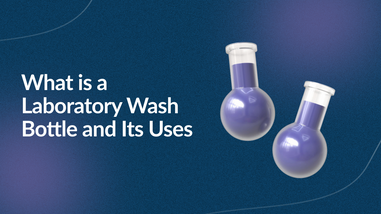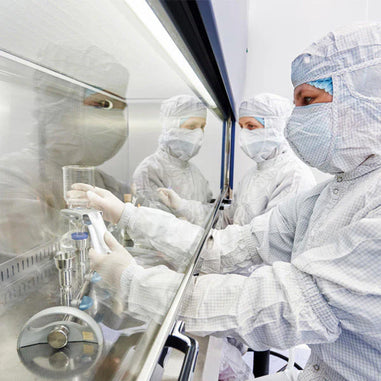- No products in the cart.
If you can’t stop leaks and spills from happening, the next best thing to do is to prevent it from spreading. This is particularly true in a lab environment. Spills and leaks can cause significant environmental and health concerns to lab workers and the workplace. Therefore, implementing proper measures of containment is crucial for everyone’s safety. Environmental contaminants, lab safety, and human health risks can all be managed by using the right spill containment equipment.
What is Chemical Containment?
Chemical containment refers to a set of procedures used in a lab to keep a chemical spill under control, contained, and to limit the spread of possibly hazardous material. Hazardous material can be dangerous to humans, the environment, and any nearby equipment.

Since most chemicals are corrosive, chemicals should be stored where spills can easily be contained. They should also be in a secondary containment system such as a sump pallet, a bunded or spill pallet, a bunded storage unit, or an impermeable bunded area.
What is a Spill Containment System?
A spill containment system is a process that uses a barrier to prevent the spill or leak of a liquid or hazardous material from being absorbed by humans or the environment. The main function of a spill containment system is to minimize or eliminate the risk of exposure to hazardous material. Spill containment systems also reduce the work involved in cleaning up the spill.
How Do You Clean Up a Chemical Spill?
Before cleaning up anything, make sure you are wearing the appropriate PPE. You should also refer to any safety data sheets associated with the chemical spilled.
Once you have determined the extent of the spill and the chemical spilled, you should do the following:
- Call emergency services if the chemical is too dangerous to handle
- Use absorbents to slow down the spread of the spill, especially into floor drains
- Contact Chemtrec a call center for hazmat emergency response coordination
- Apply loose spill control material over the spilled area by creating circles starting from the outside and moving to the inside
- Remove the material with brushes and scoops and then discard
- Label the container as spill debris
- Decontaminate the spillage area
- Prepare and submit an incident report to your supervisor
How Can Chemical Spills be Prevented?
One of the best ways to prevent chemical spills is to review the EPA, OSHA, and SPCC regulations and rules which includes a Facility Response Plan that will identify potential spill hazards and response steps.
You also need spill prevention equipment in place. This equipment will depend on the location, configuration, and spill volume of the primary containment system.
Another way spills can be prevented is to properly size the primary containment system within a secondary containment system. The secondary containment system is a backup solution if the primary containment system fails.
Chemical Spill Containment Equipment Solutions
There are many different types of equipment that come in handy should you have a chemical spill. Be sure, as a precaution, to have the following New Pig chemical containment equipment in a convenient location in your workplace:
Ultimately, the chemical spill containment system needs to be compatible with the hazardous materials that are used in your workplace.
For over 40 years, Lab Pro Inc. has been committed to delivering the highest quality lab equipment, lab supplies, chemicals, and cleanroom PPE apparel to medical device and electronic manufacturing laboratories worldwide. To learn more, visit the biggest Lab Supply showroom in California, or contact us online or at 888-452-2776.












































